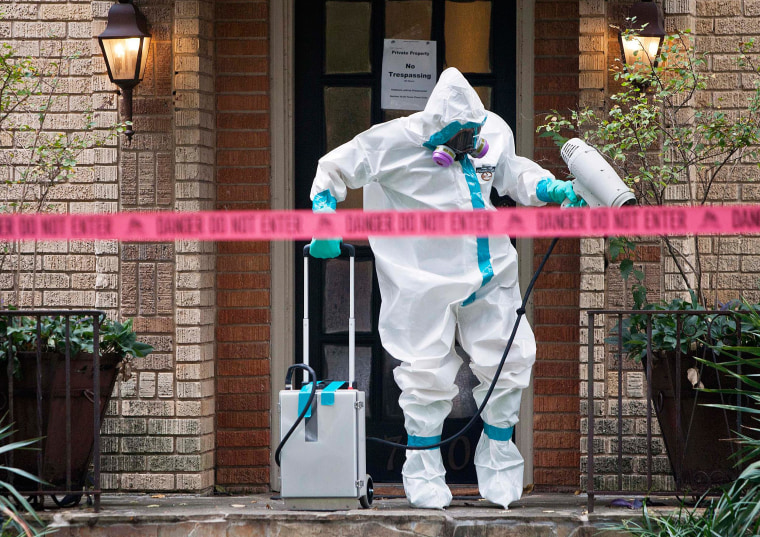It’s a scary scenario: A genetically engineered Nipah virus is sprayed into the air during a July 4th celebration in Washington, D.C., and across the country, killing more than 6,000 people.
A badly prepared United States does almost nothing at first, and people die as officials scramble to get a grip on what happened.

“We discovered later that other attacks had already begun elsewhere in the nation, using methods we have yet to identify that spread the disease among livestock in rural communities,” the hypothetical chair of a joint Congressional committee says.
“Delays in recognition — because most veterinarians and physicians had never seen Nipah virus — meant animals and people were sick for more than a week before we realized what had happened.”
It’s a made-up story line, but one that could happen, says former senator Joe Lieberman, who helped head a committee that wrote a report released Wednesday on the lack of preparedness for a biological attack or epidemic.
“At some point, we will likely be attacked with a biological weapon."
“We wanted to start the report with something that got people’s attention, that’s not far-fetched,” Lieberman told NBC News.
“Based on our investigations, it’s a plausible scenario.”
Even though the U.S. government has been warned repeatedly of such biological threats, and has spent nearly $80 billion since 2000 on preparations, it’s not doing so in an organized way, according to the privately funded report from the group headed by Lieberman and former Homeland Security secretary Tom Ridge.
“We are spending about $6 billion a year in biodefense and we don’t think we are getting our money’s worth out of it,” Lieberman said.
“There is no centralized leader for biodefense. There is no comprehensive national strategic plan for biodefense. There is no all-inclusive dedicated budget for biodefense,” the report reads.
“At some point, we will likely be attacked with a biological weapon, and will certainly be subjected to deadly naturally occurring infectious diseases and accidental exposures, for which our response will likely be insufficient.”
The report calls for the vice president to be in charge of biodefense, to give White House authority to the effort, and to coordinate all the other departments and agencies.
Lieberman says it’s urgent.
“The more we looked at this, the more real we concluded the threat is,” he said. “You have got groups like ISIS looking to and willing to do the most terrorizing things they can possibly do. They specifically endorsed biological warfare and threatened to attack the U.S. homeland with biological weapons.”
The virus used in the scenario, Nipah virus, was only discovered in 1999 when it caused an outbreak among pig farmers in Malaysia and Singapore. It kills about 40 percent of victims, causing brain inflammation called encephalitis.
It’s considered a potential biological agent, as are many other viruses and bacteria, new and old.
They can also spread naturally. “The possibility of an infectious disease outbreak, I think, is greater every day,” Lieberman said.
And the U.S. has shown it does not handle these outbreaks well.
“The possibility of an infectious disease outbreak, I think, is greater every day."
“The reaction to the reality of Ebola was that we weren’t ready,” Lieberman said. That’s even though experts had predicted just what happened -- an epidemic in Africa, and the spread via travelers – for years.
“The same is true of avian flu. We are lucky the version of it last year didn’t cross over to humans,” Lieberman said.
The H5N2 avian flu virus spread from state to state, killing or forcing the slaughter of tens of millions of poultry. It’s a distant relative of the H5N1 bird flu virus that has infected close to 800 people in 16 countries since 2003, killing more than half of them.
Home-grown blunders are also likely. The Department of Defense accidentally sent around live anthrax, live smallpox was found in a National Institutes of Health freezer and even the Center for Disease Control and Prevention had a mishap in which more than 80 people were exposed to live anthrax.
“The nation has not come to fully appreciate the severity of the biological threat and our leaders have not demonstrated the political will to fully address it,” the report says.
